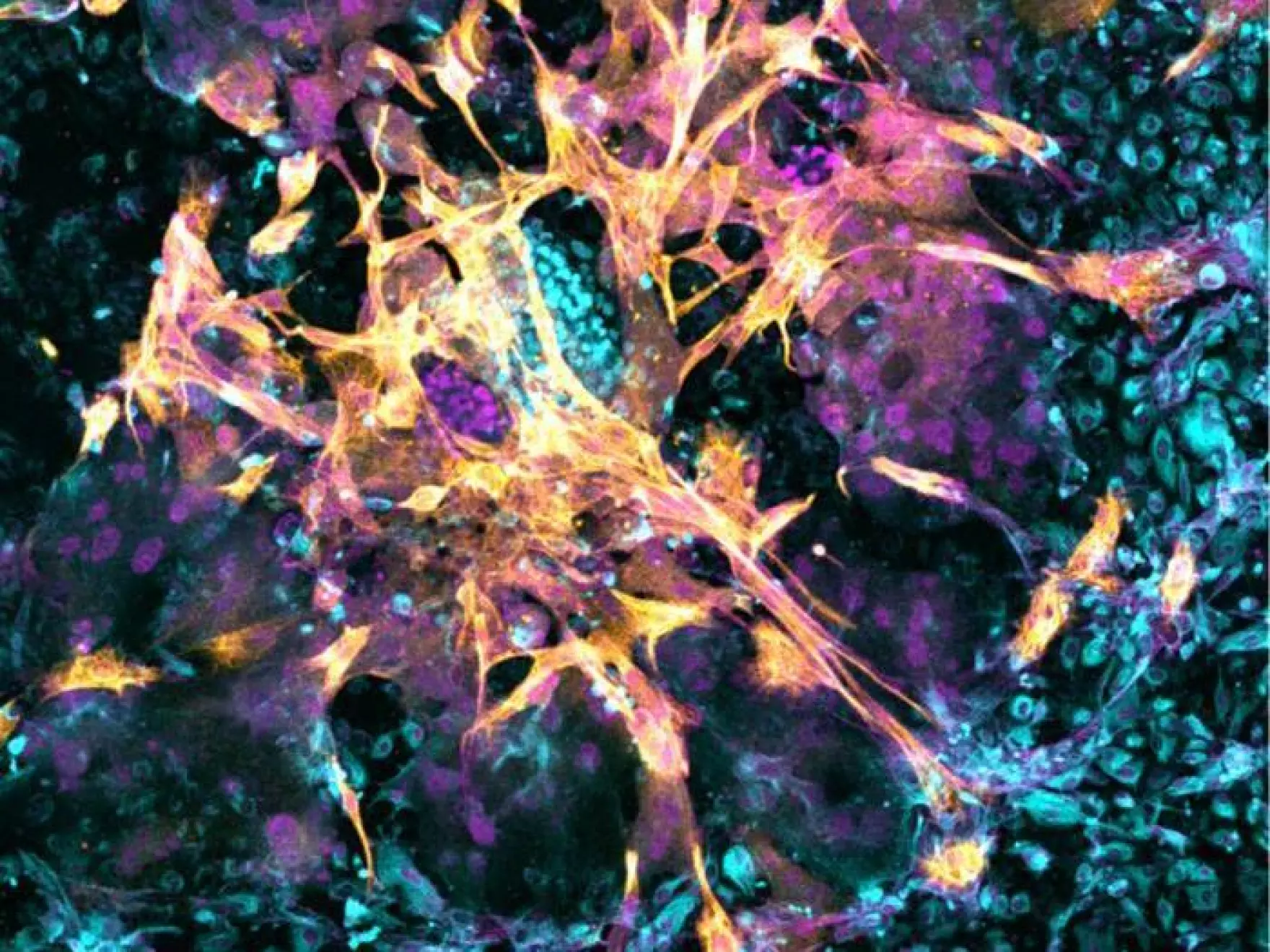A New Omicron Subvariant on the Rise
NB.1.8.1, colloquially known as Nimbus, is an emerging sublineage of the dominant Omicron variant of SARS‑CoV‑2. First detected in Asia, Nimbus is now circulating in Europe and North America—raising concerns about a possible summer surge in Europa.
Scientists note that although Nimbus is more contagious, it appears less lethal than earlier variants. However, its spread calls for continued public health measures.
Symptoms and Testing Guidelines
The clinical presentation of Nimbus mirrors that of prior Omicron strains—fever, fatigue, body aches, cough, congestion, nausea, vomiting, and diarrhea. However, patients often report a sharp, lacerating sore throat more frequently than before.
Health authorities recommend testing any symptomatic individuals whose condition worsens, especially those experiencing heightened respiratory distress.
European Surveillance and Booster Calls
The ECDC urges booster shots for high-risk groups and frontline workers due to waning immunity over the European 2024–2025 winter season. Ajibola Omokanye, an ECDC respiratory virology expert, noted that although current advice is standard, vigilance is essential.
Variability in Regional Impact
China saw Nimbus become dominant by April 2025. It has since spread through Singapore, and data from the CDC (U.S.) indicates its share of new COVID‑19 diagnoses rose dramatically from 5% to 33% in just one month.
In Bangladesh, fatalities have been linked to Nimbus, with limited healthcare access likely a factor, according to Omokanye. Canada, despite a dominant Nimbus presence, reports fewer cases and hospitalizations.
Key Factors Affecting Severity
Multiple variables affect disease outcomes:
- Timing of variant emergence in different regions
- Immunity levels, particularly after low-circulation seasons
- Vaccine access and coverage, including booster campaigns
- Capacity of local healthcare and treatment systems
Classification and Mutation Profile
The ECDC and WHO have categorized Nimbus as a “Variant Under Monitoring” (VUM). It carries two specific spike protein mutations that reduce antibody neutralization and may increase transmissibility.
Continued Vigilance Needed
Researchers emphasize that SARS‑CoV‑2 remains unpredictable and not yet completely seasonal like influenza. The emergence of Nimbus highlights the need for ongoing surveillance rather than complacency. Experts compare its management to that of other respiratory viruses such as RSV.
In summary, the rise of the Nimbus subvariant underscores the importance of boosters, mask usage, social distancing, and robust testing—especially for symptomatic individuals. With regional variations in immunity and healthcare capacity, preparedness remains essential.







